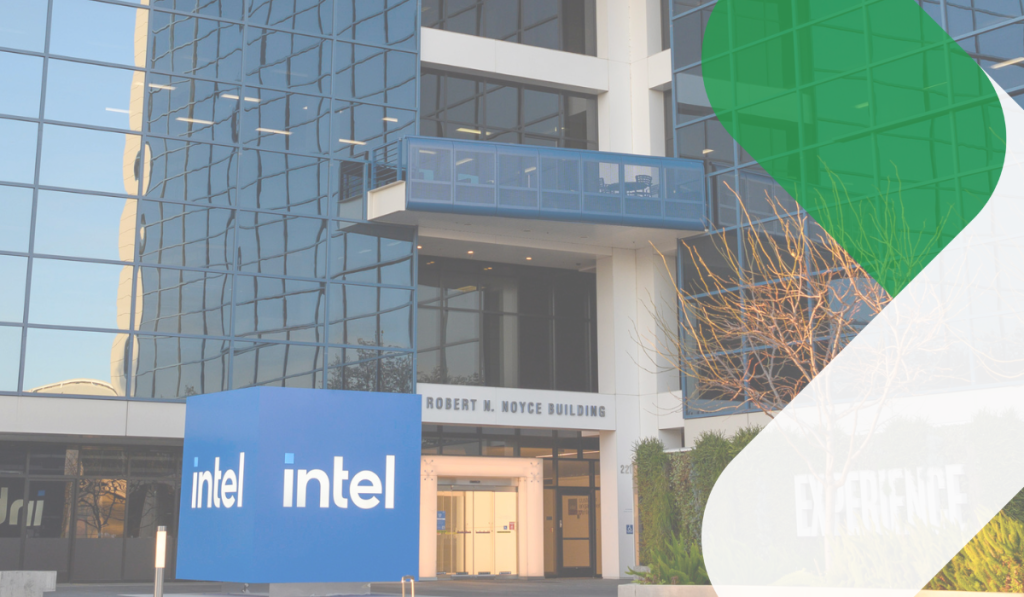Cost optimization is an urgent priority for almost every company today. Optimization of software development budgets is no longer an option, but a necessity, as it can significantly save the costs required to produce first-class software products without sacrificing quality or time.
In addition, it can help streamline the application delivery process and ensure that your company uses the most promising approaches to successfully develop and operate the project.
Below, you’ll find a list of recommendations that help drive down your software product development expenses.
Outsource your software development project to a specialist provider offshore or nearshore
One of the most efficient and proven ways to reduce the cost of software development is to leverage the outsourcing model. Why? Software development outsourcing opens up a wide range of different opportunities for companies as they get the chance to:
- Access a large and untapped pool of the qualified professionals
- Access technologies and tools that are hard to find/too expensive in your home country
- Achieve greater productivity by reducing employee training costs
- Focus on your core business (which is extremely important for non-tech companies)
- Benefit from industry knowledge and innovation
- Use top-notch technology in your projects
- Reduce the risk of project failure
These are just a few benefits companies can reap from software development outsourcing. According to a recent study by Deloitte, almost 60% of companies prefer this approach due to its cost-effectiveness.
Unlike the traditional hiring model, where you hire and train new employees in-house, having to spend a lot of time, effort, and resources, the outsourcing model involves setting up a dedicated development or a managed team with sufficient experience in the area and the ability to indulge in a project from day one.
In addition, outsourcing is an effective solution for taxing software development costs, as you can look for professional software vendors in countries with much lower tax rates, such as Romania, Bulgaria, or Ukraine.
Let’s compare how much it can potentially cost to build a software solution in the United States versus Romania, one of the leading IT outsourcing hubs in Europe.
Let’s assume you’re a non-tech company that needs to build a custom 360 Feedback platform for your employee performance evaluation. Based on the rinf.tech‘s firsthand experience, such a project will require the following resources:
Technology Stack:
- Front-end: React
- Backend: .NET Core or Java
- Database: MongoDB
- CI/CD: Jenkins or Azure DevOps
- Infrastructure setup: Azure
- Queues: RabbitMQ
- Static Code Review tool: SonarQube
Team roles:
- Front-end developer
- Backend developer
- Technical PM
- Business analyst
- UI/UX designer
- QA engineer
- Solution architect
- DevOps engineer
The total project effort will include tentatively 300 person-days: 250 for the implementation stage and 50 for project management.
Now let’s assume the outsourcing project is based on a turnkey project delivery model, with a blended rate for one person-day making €340 for development and implementation and €380 for project management. In this case, the cost breakdown will look as follows:
Development and implementation: 250*340=€85,000
Project Management: 50*380=19,000
Total: €104,000 (excluding the cost of tools, licenses, subscriptions, DevOps, etc.).
If you build the same solution in-house, the cost of your project will be based on the hourly rates of each specialist you hire for your team. Let’s assume your team is based out of North America.
In North America, the average hourly rate for a mid-level software engineer is $80, according to YouTeam. Based on it, one person-day costs $640. As such, the implementation phase alone will cost $160,000 (€151,000), which is already higher than the total cost of the outsourced project.



